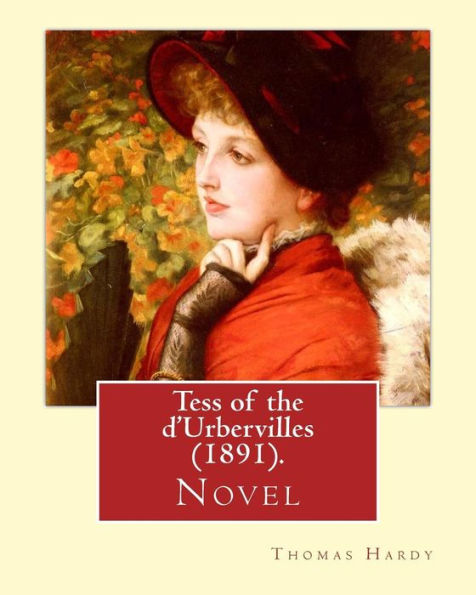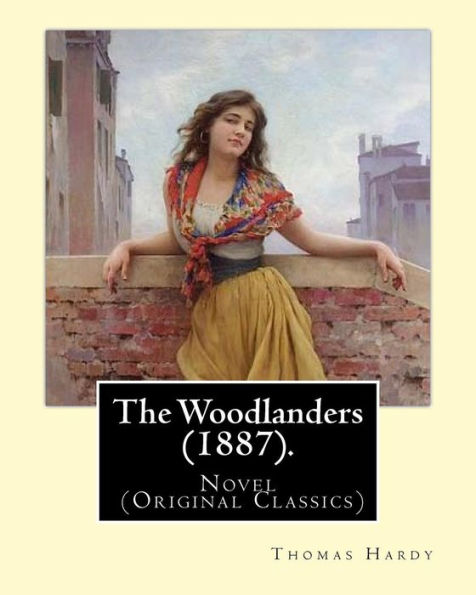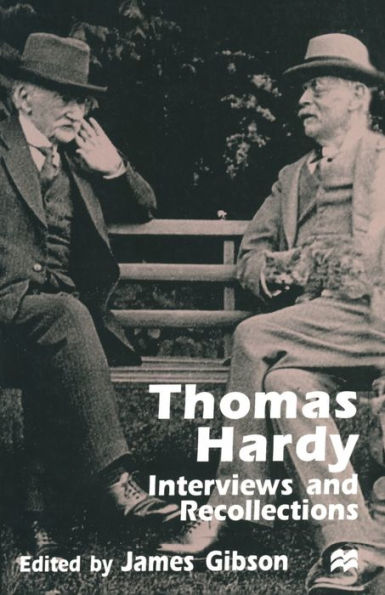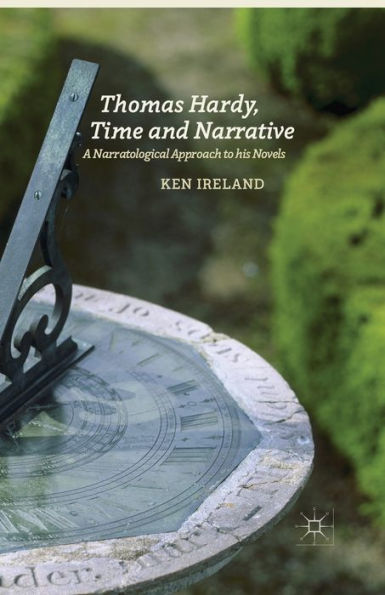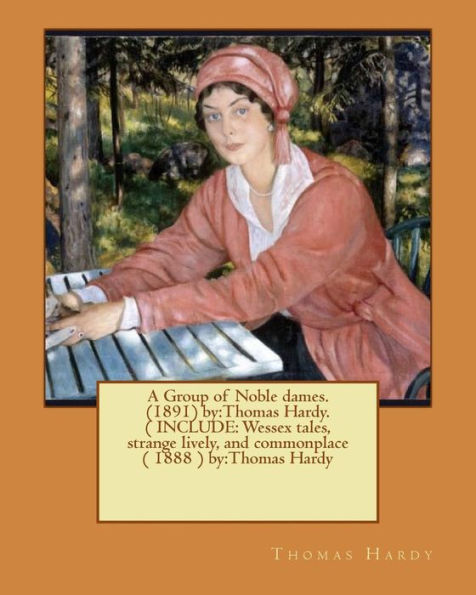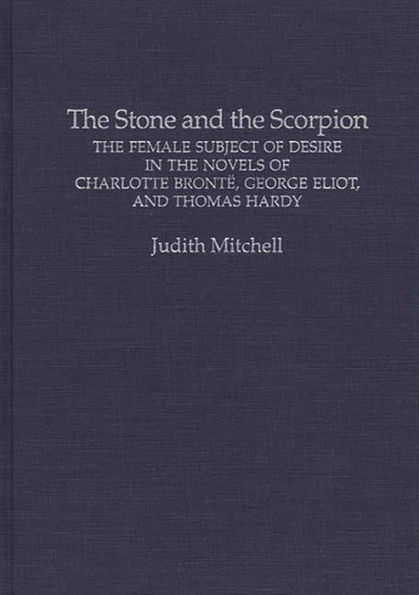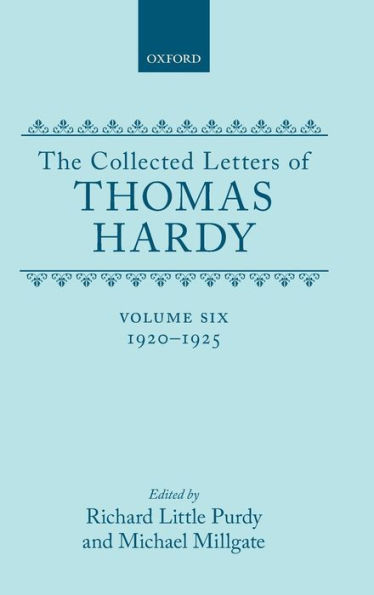Home
A Laodicean; a story of today, By Thomas Hardy A NOVEL
Barnes and Noble
A Laodicean; a story of today, By Thomas Hardy A NOVEL
Current price: $11.50
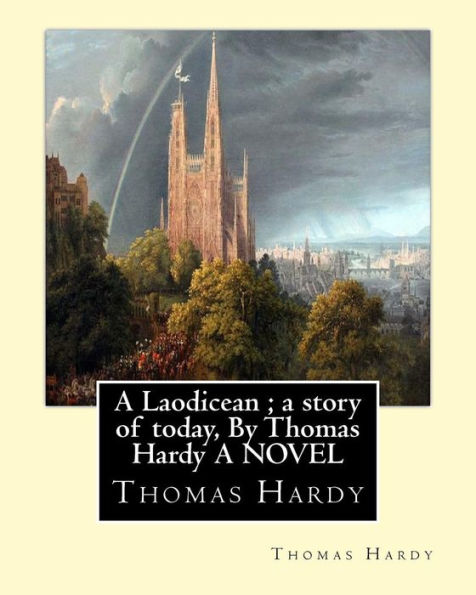

Barnes and Noble
A Laodicean; a story of today, By Thomas Hardy A NOVEL
Current price: $11.50
Size: OS
Loading Inventory...
*Product information may vary - to confirm product availability, pricing, shipping and return information please contact Barnes and Noble
A Laodicean is a novel by Thomas Hardy, published in 1881, by Sampson Low, Marston, Searle & Rivington. Set in the more technologically advanced contemporaneous age, the plot exhibits devices uncommon for Hardy, such as falsified telegrams and faked photographs.Paula Power inherits a medieval castle from her industrialist father who has purchased it from the aristocratic De Stancy family. She employs two architects, one local and one, George Somerset, newly qualified from London. Somerset represents modernity in the novel. In the village there is an amateur photographer, William Dare, who is the illegitimate son of Captain De Stancy, an impoverished scion of the family. Captain De Stancy represents a dream of medieval nobility to Paula. She is attracted to both men for their different virtues but William Dare decides to intervene to promote his father in her affections. He fakes a telegram and photograph to make it appear that Somerset is leading a dissolute lifestyle. His subterfuge is discovered by Captain De Stancy's sister Charlotte who has befriended Paula. She decides to tell Paula the truth and Paula pursues Somerset to the continent where he has gone mistakenly believing Paula and the Captain to have been married. She finds him and they are reunited and marry. The castle burns down and Somerset proposes to build a modern house in its place. The last line has Paula summing up her dichotomy of mind between modernity and romantic medievalism, and thus the two men, also emphasising the title "a Laodicean" (someone indifferent or half-hearted) - "I wish my castle wasn't burnt; and I wish you were a De Stancy!" The usage of "Laodicean" to mean someone lacking commitment comes from a reference in the New Testament: To the angel of the church in Laodicaea write: - "These are the words of the Unchanging One, 'the witness faithful and true, the beginning of the Creation of God': -I know your life; I know that you are neither cold nor hot. If only you were either cold or hot! But now, because you are lukewarm, neither hot nor cold, I am about to spit you out of my mouth."No one of Mr Hardy's novels contain more of the facts of his own life than A Laodicean, which was composed on what the author then believed to be his death bed; it was mainly dictated, which I think partly accounts for its difference in style from the other tales... Not only does Mr Hardy's scientific profession speak through the mouths of his characters, but old and beautiful buildings adorn his pages as they do the landscape he loves..... Thomas Hardy, OM (2 June 1840 - 11 January 1928) was an English novelist and poet. A Victorian realist in the tradition of George Eliot, he was influenced both in his novels and in his poetry by Romanticism, especially William Wordsworth.Charles Dickens was another important influence.[page needed] Like Dickens, he was highly critical of much in Victorian society, though Hardy focused more on a declining rural society. While Hardy wrote poetry throughout his life and regarded himself primarily as a poet, his first collection was not published until 1898. Initially, therefore, he gained fame as the author of novels, including Far from the Madding Crowd (1874), The Mayor of Casterbridge (1886), Tess of the d'Urbervilles (1891), and Jude the Obscure (1895). Hardy's poetry, though prolific, was not as well received during his lifetime. It was rediscovered in the 1950s, when Hardy's poetry had a significant influence on the Movement poets of the 1950s and 1960s, including Philip Larkin.Most of his fictional works - initially published as serials in magazines - were set in the semi-fictional region of Wessex. They explored tragic characters struggling against their passions and social circumstances. Hardy's Wessex is based on the medieval Anglo-Saxon kingdom and eventually came to include the counties of Dorset, Wiltshire, Somerset, Devon, Hampshire and much of Berkshire, in southwest and south central England.

